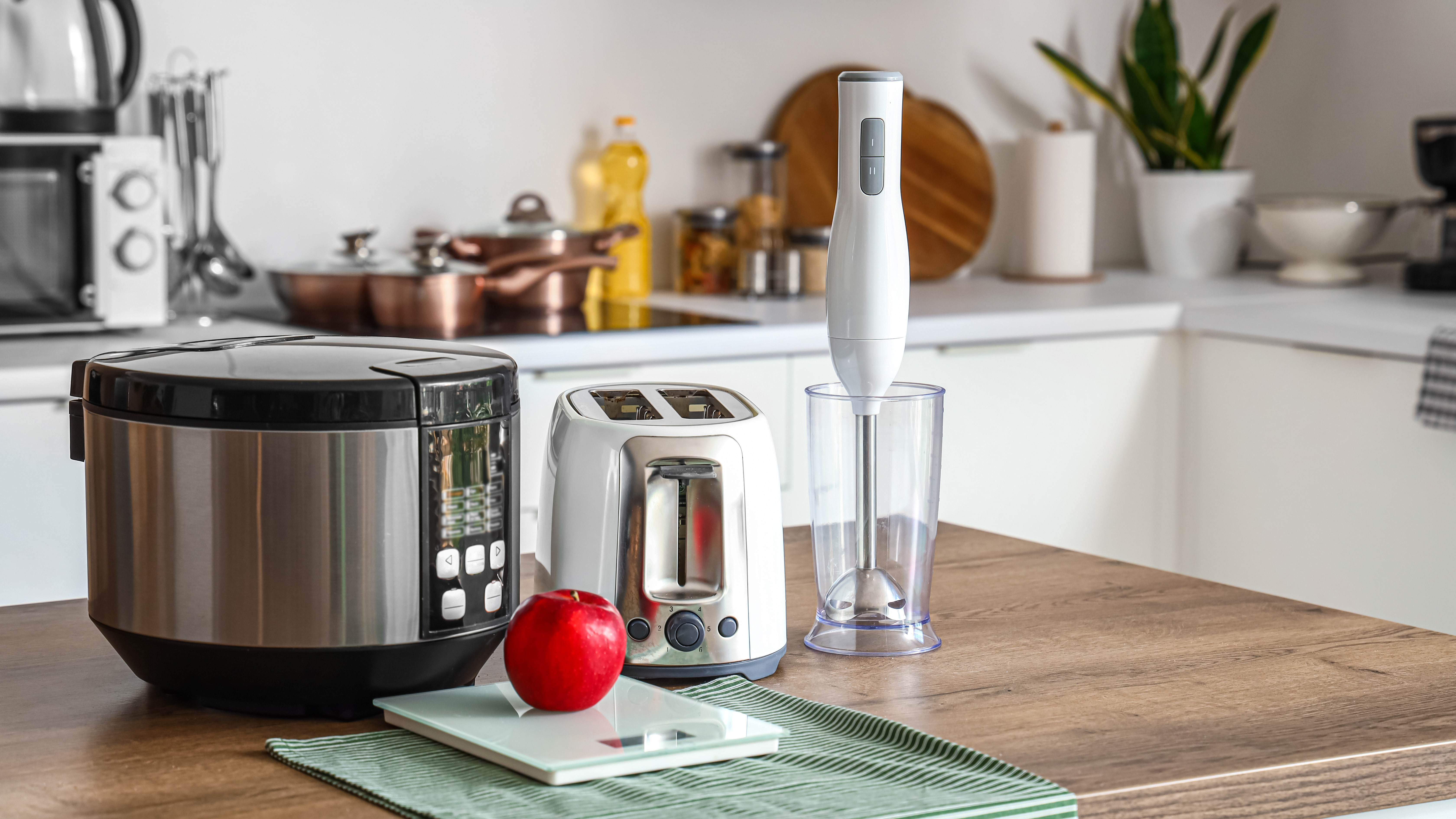
Rising utility bills have hit hard, and we are all looking for ways to reduce our energy use and carbon footprint to protect the planet. But knowing how to reduce our energy output when we are so accustomed to using multiple appliances in our homes, from the best vacuums to the best air fryers, can be tricky when we still want our homes to be clean and serve hot food.
However, this is where the Energy Star program comes in — it’s been designed to make it easier for consumers to identify products that meet certain energy efficiency standards. In fact, you’re probably already familiar with the Energy Star logo that is placed on home appliances.
But does buying an Energy Star product really make a difference? If you have multiple Energy Star appliances, you’re very likely saving money on your utility bills, and the easy to identify labelling takes the hard work out of knowing how efficient a product is.
Here, we take you through how the Energy Star program works and how it can help you choose appliances that are energy efficient, reducing your energy output and bills.
Energy Star — a success for over two decades
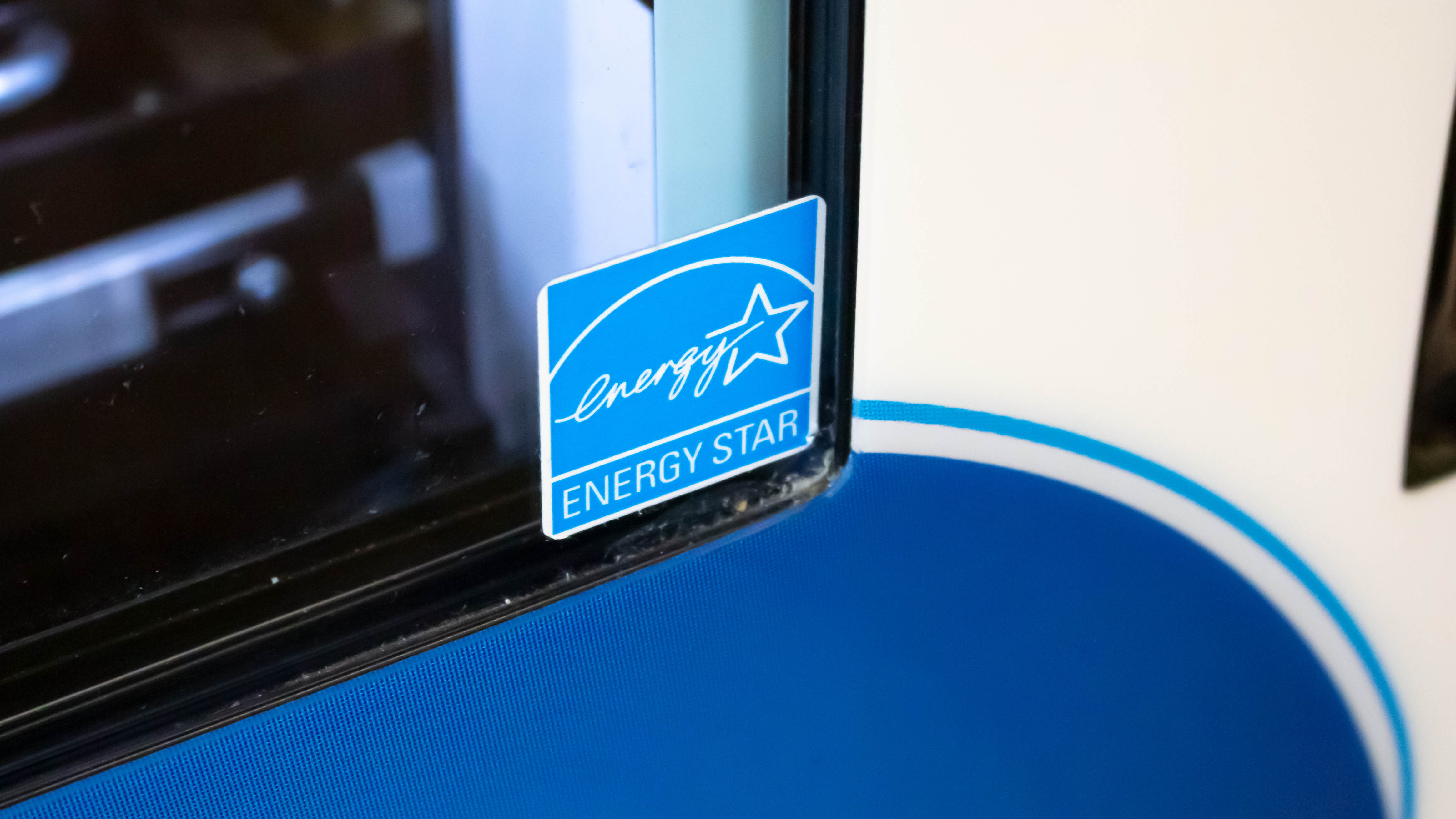
The Energy Star program is run by the government’s U.S. Environmental Protection Agency (EPA) and the U.S. Department of Energy with the intention to help us save energy, cut down our utility bills, and protect the climate. It was first introduced 22 years ago and, since its inception, has “saved American families and businesses more than $500 billion in energy costs," according to Leslie Jones, Media and Content Manager for Energy Star Labeled Products.
Jones adds that it's also "prevented 4 billion metric tons of greenhouse gas emissions from entering the atmosphere.” Which is certainly a good thing.
What does the Energy Star mean?
When a product receives an Energy Star, the government has certified that it meets certain energy efficiency standards. The standards that the products must meet are set by the EPA, and signify “superior energy efficiency to the consumer,” says Jones.
What products does the Energy Star cover?
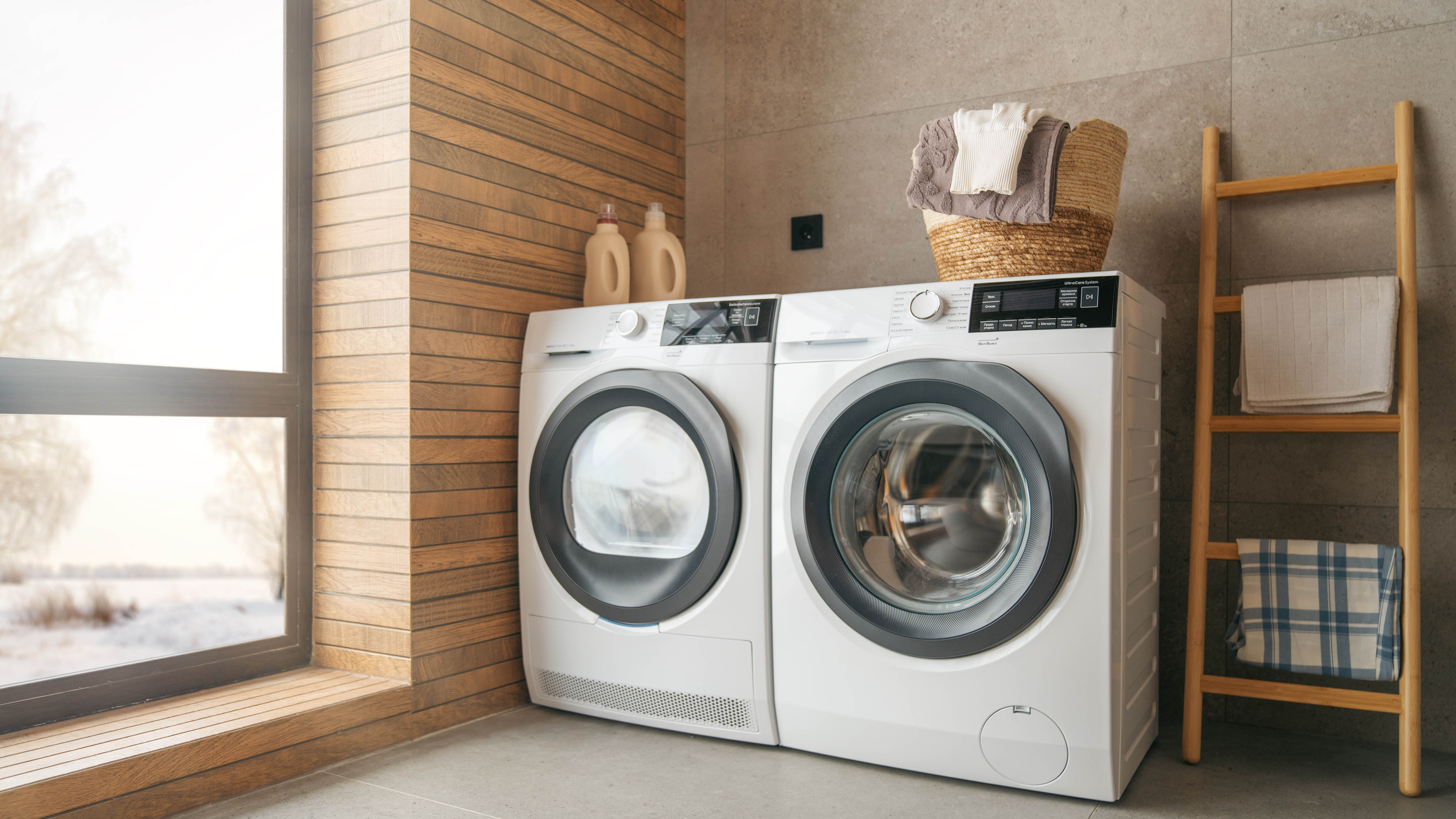
Energy Star covers lots of products both on a commercial and domestic basis, with 75 categories in all. However, the criteria are not set across the categories, and the specific energy efficiency standards will vary between product categories. So, if you’re looking to buy one of the best clothes dryers, refrigerators, smart thermostats, or coffee makers, the criteria are likely to differ.
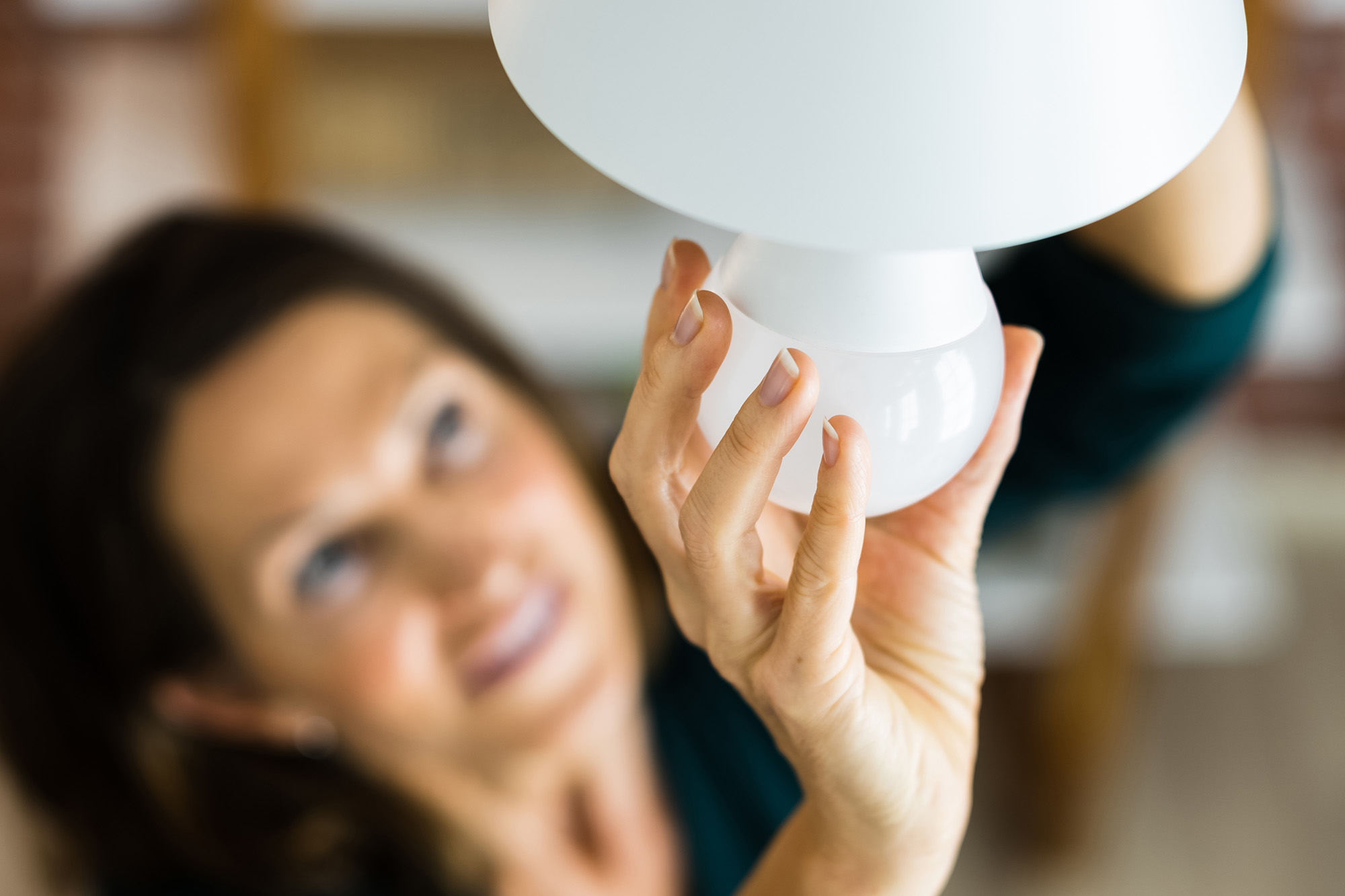
“They must earn the label by meeting the strict efficiency specifications set for each product type by the EPA,” says Jones, “to deliver savings beyond what is required by minimum efficiency standard.”
For instance, to gain an Energy Star, light bulbs must use less than 90% energy than standard bulbs, while washing machines must use about 20% less energy and about 30% less water than regular machines.
But these standards aren’t set for good, “EPA develops and regularly updates these specifications, with consideration to technology improvements, market trends, and input from manufacturers and a range of stakeholders,” Jones adds.
But that’s not all; the product manufacturers have a task to do, too. They must submit data from an EPA-recognized laboratory to an independent certification body for review and approval. On top of that, Jones says, “Off-the-shelf testing is performed on a subset of Energy Star-certified products each year to ensure that the specified performance is maintained.”
With such high standards, when you buy a product that has gained an Energy Star, you can be assured that it’s the real deal.
How to tell if a product has an Energy Star?
Jones explains you can often find the Energy Star on eligible products or a product’s packaging. Alternatively, she says, “You can also consult the Energy Star Product Finder to identify products that have been certified and explore which ones have features you are interested in.”
How does the logo help? “Looking for the Energy Star label makes it easy to identify products with superior energy efficiency — products that save energy, save money and help protect the environment,” says Jones.
“The Energy Star program saves consumers from the effort of looking at individual efficiency ratings by reviewing efficiency performance across the range of models in a product category and associating the little blue label with top performers,” she adds.
What’s more, apart from the savings you’ll make on your utility bills when buying an Energy Star product, Jones says you can save further still, as many Energy Star products are eligible for rebates offered by utilities in many parts of the country.
Is the Energy Star prompting product manufacturers to be more energy-efficient?
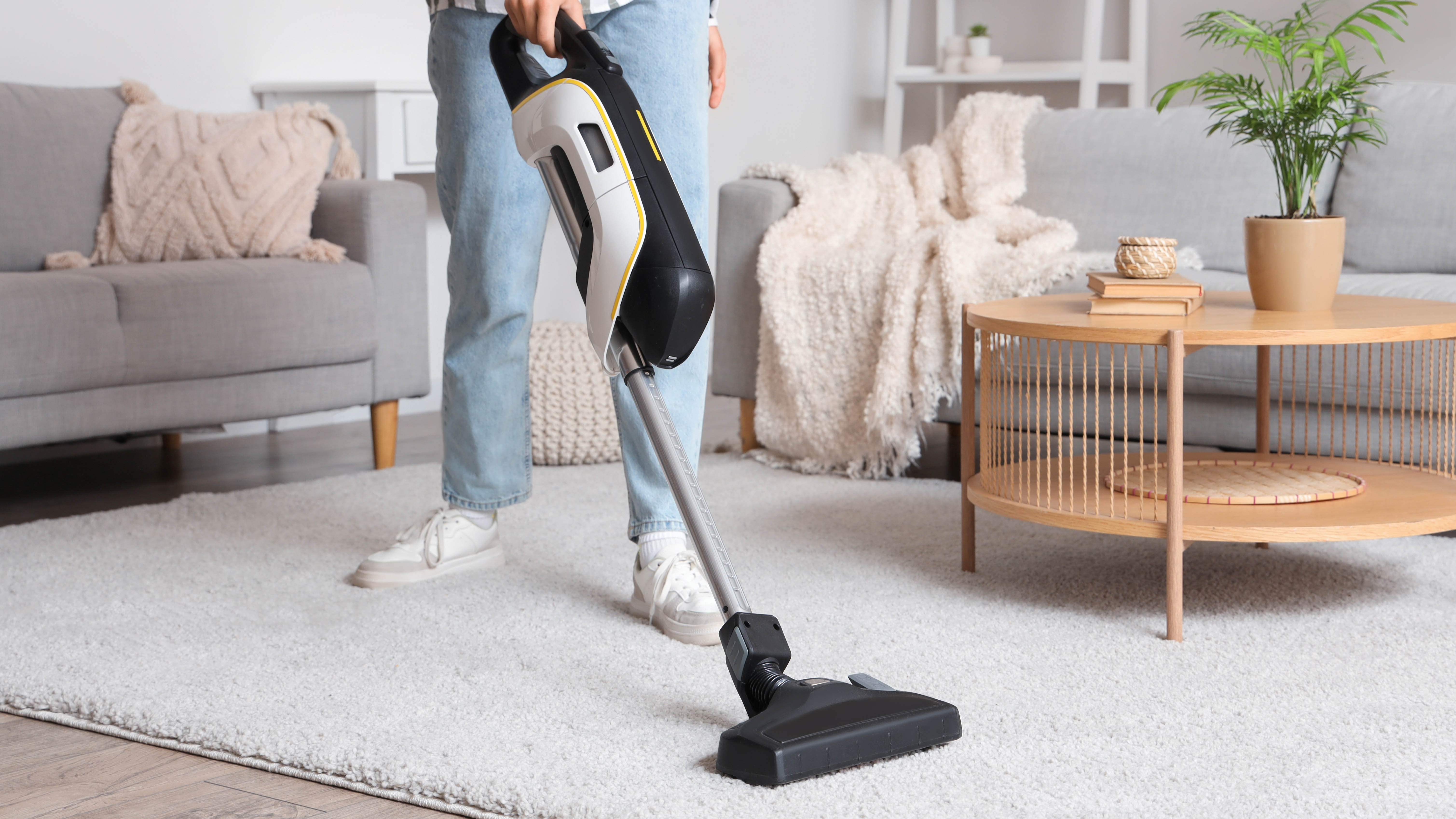
Jones believes that the introduction of the Energy Star program has had a big impact on encouraging manufacturers to improve the energy efficiency of their products. “Energy Star is considered to be one of the most successful public-private partnerships that has existed in United States history. The reason that it has been so successful is because of our network of partners, including product brands, retailers, and utilities, have fully committed to the mission of the program and recognize a business value in providing energy efficient options to their customers.”
But what story does the data tell? “Demand for energy efficiency and Energy Star products is well documented with 57% of those who purchased an Energy Star product indicating the label was influential and more than 70% saying they would recommend Energy Star to a friend,” Jones tells Tom's Guide. Which certainly sounds like steps in the right direction to us.







